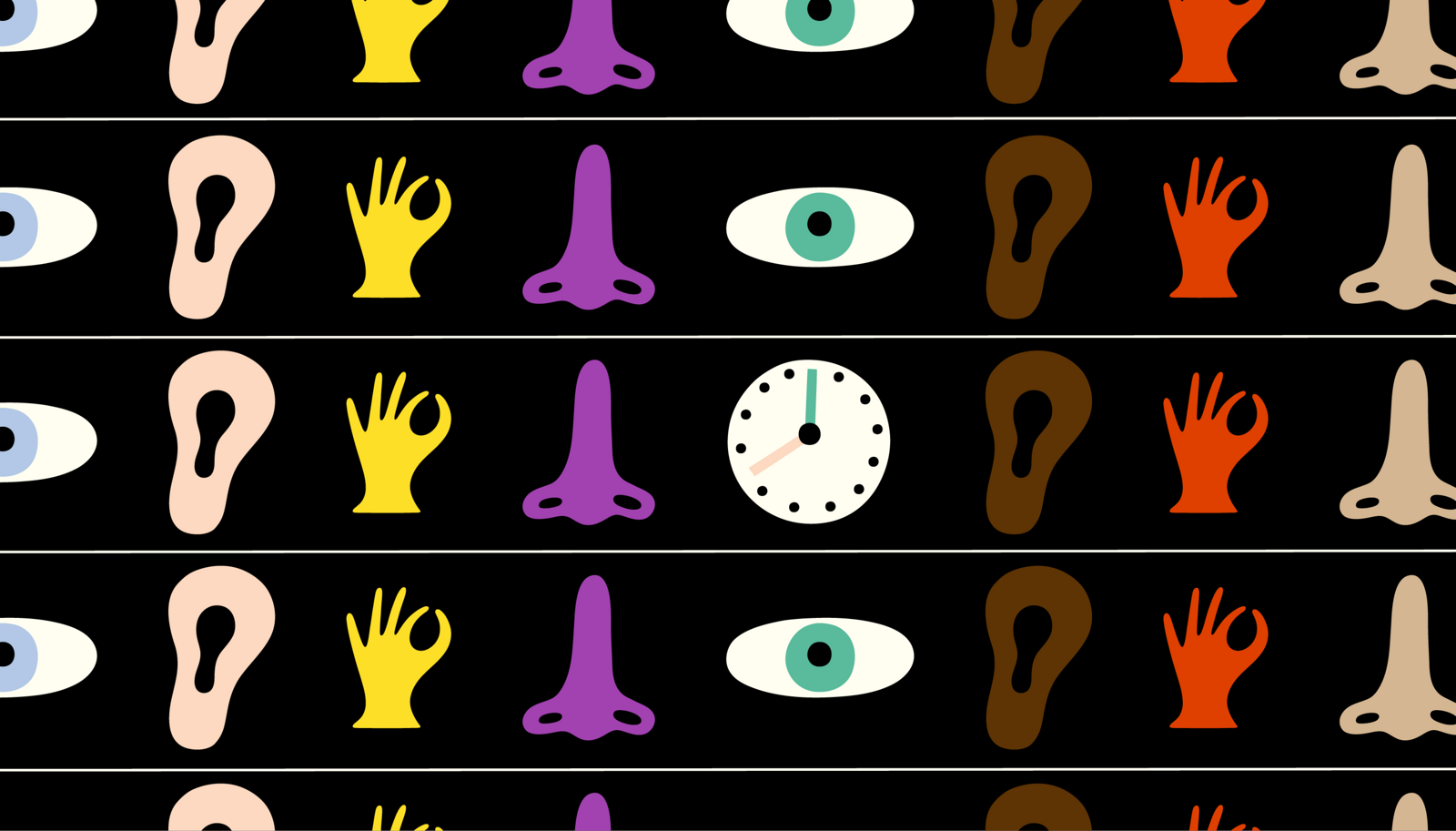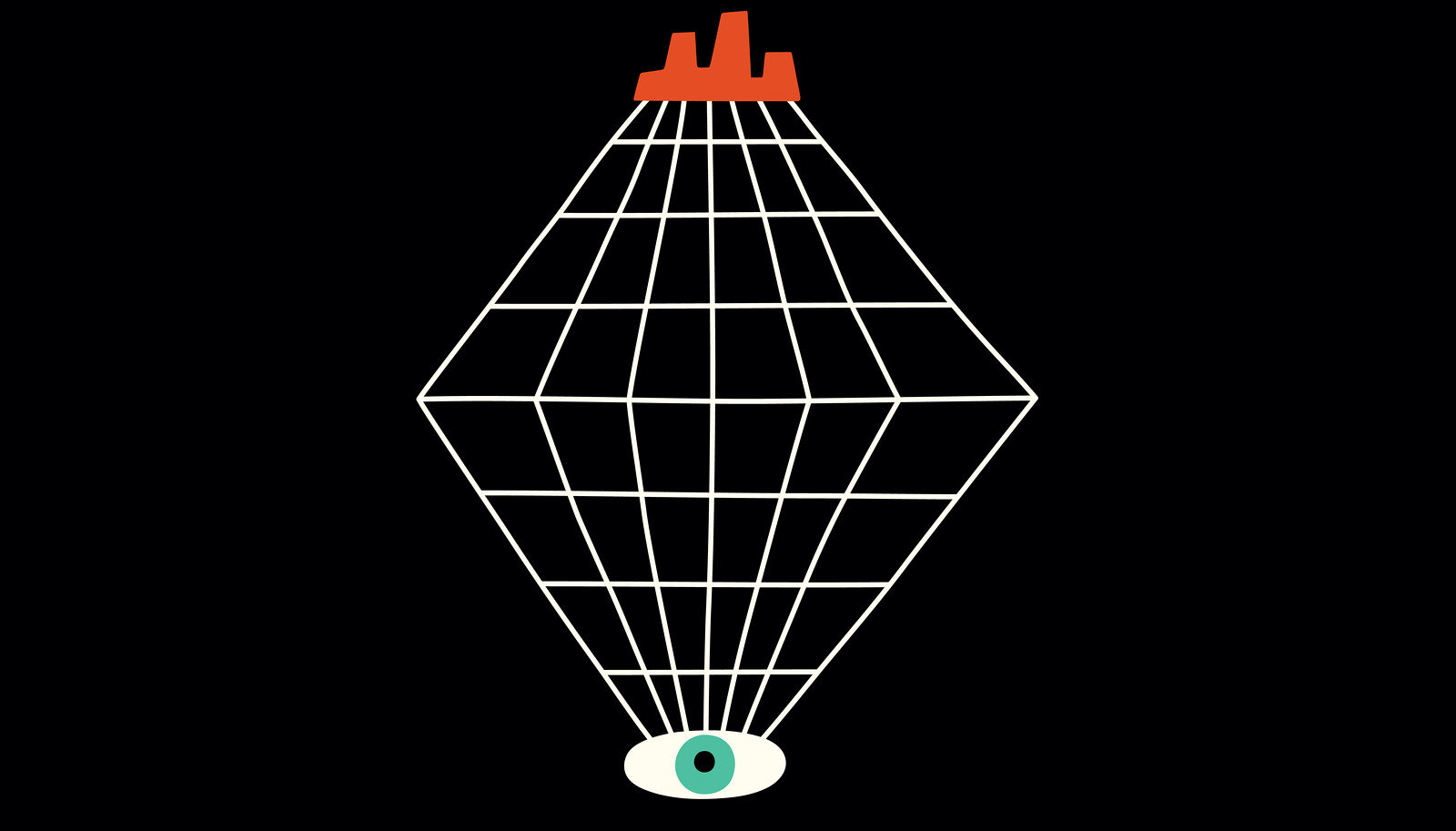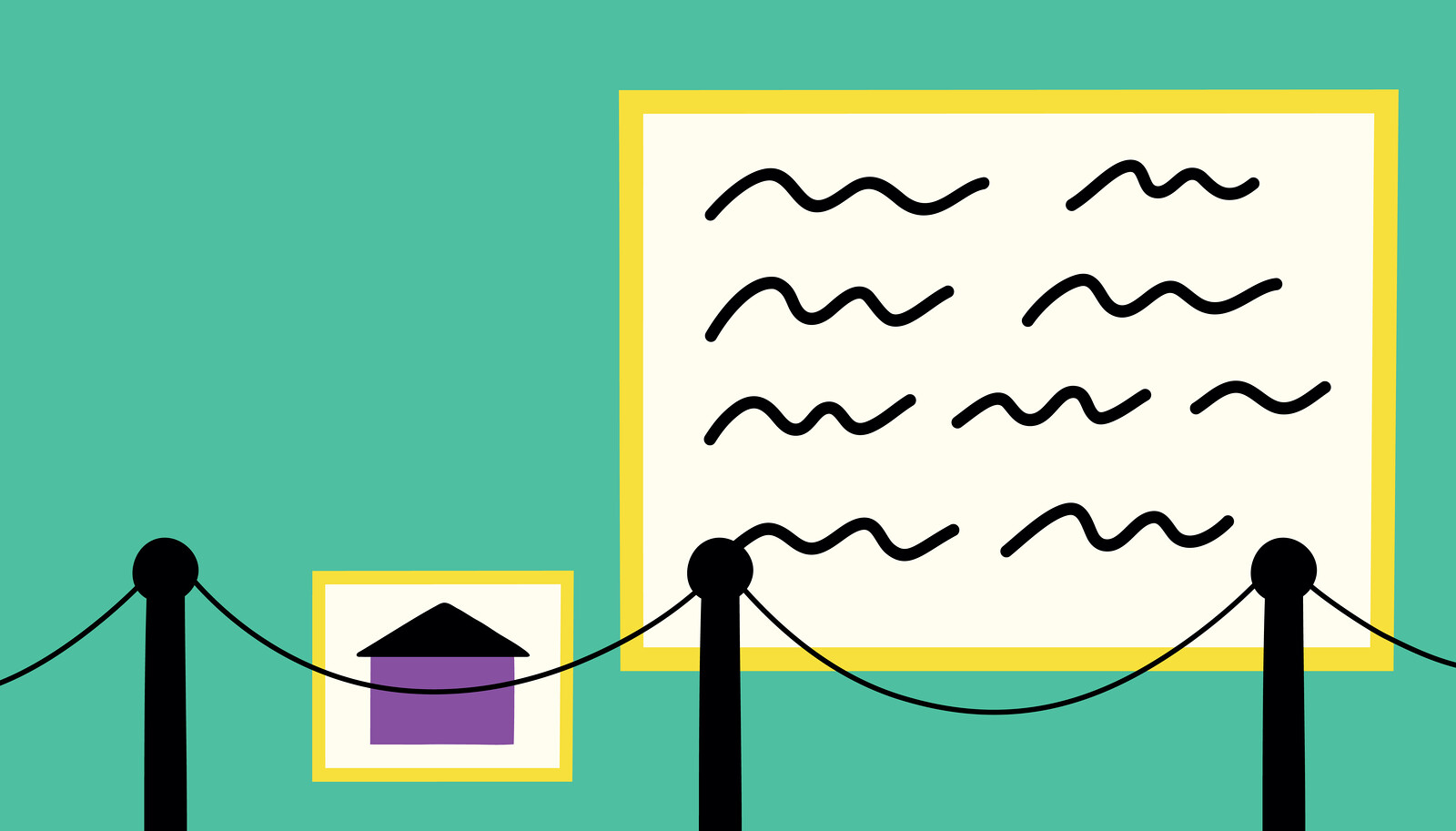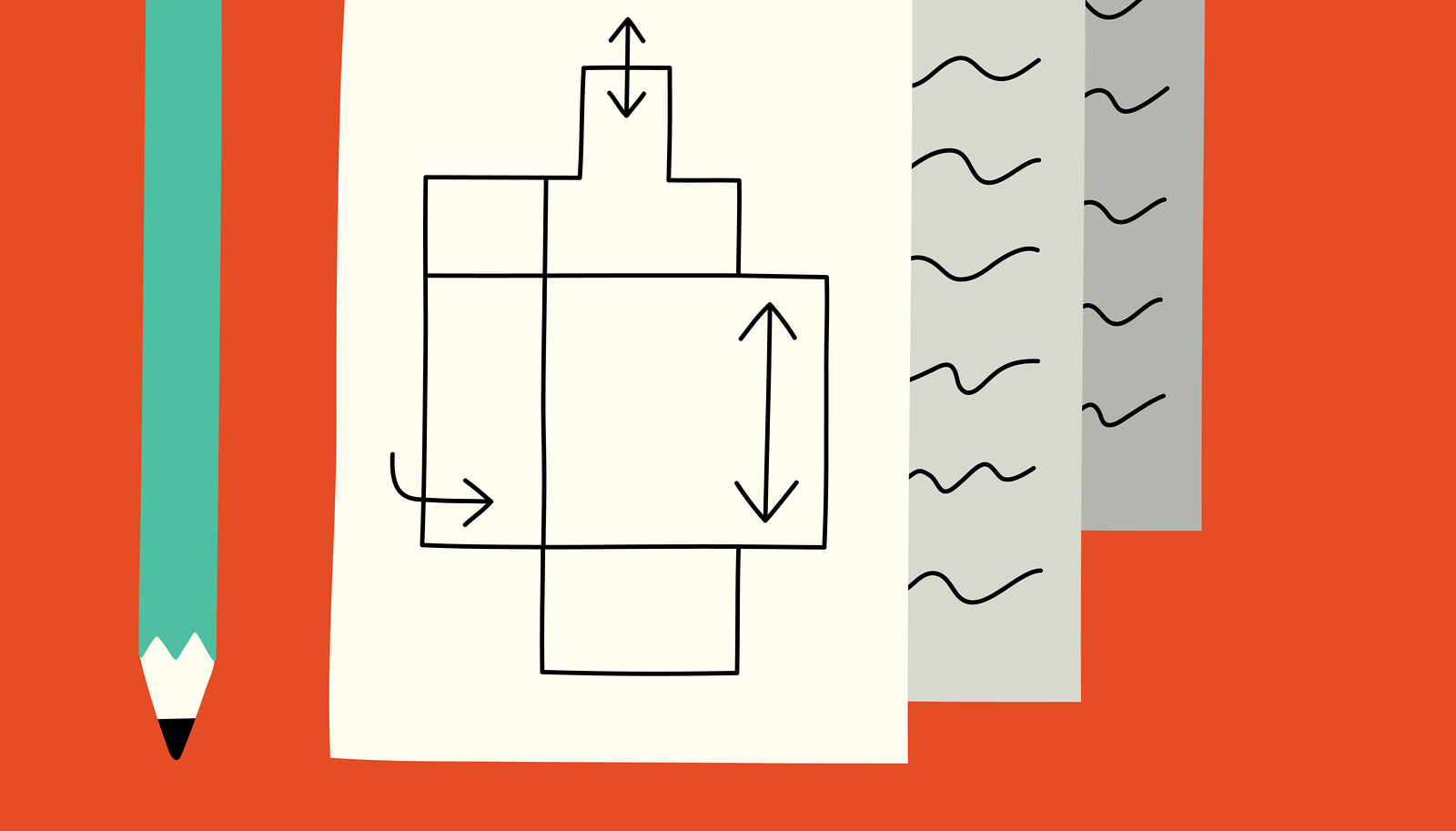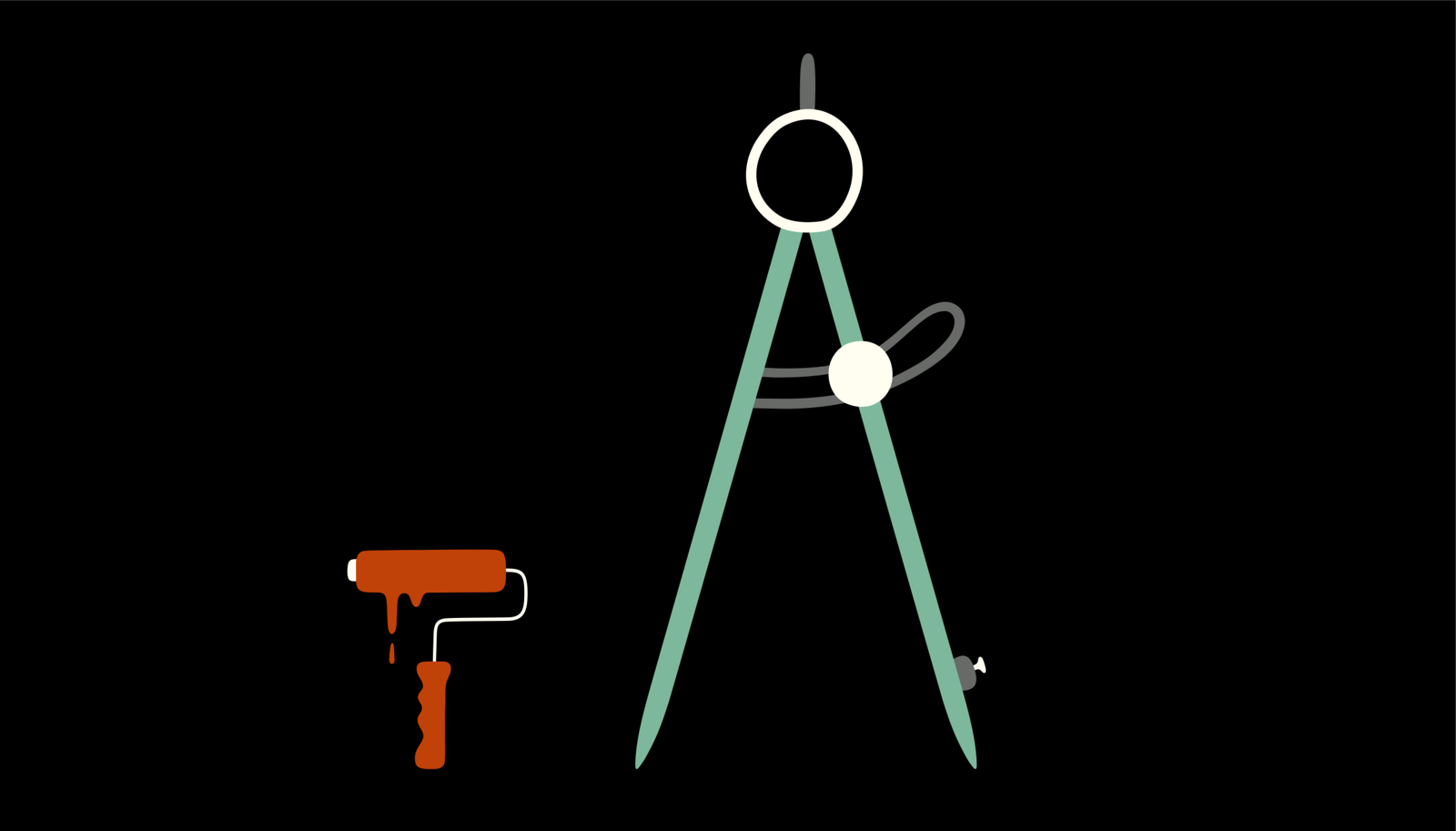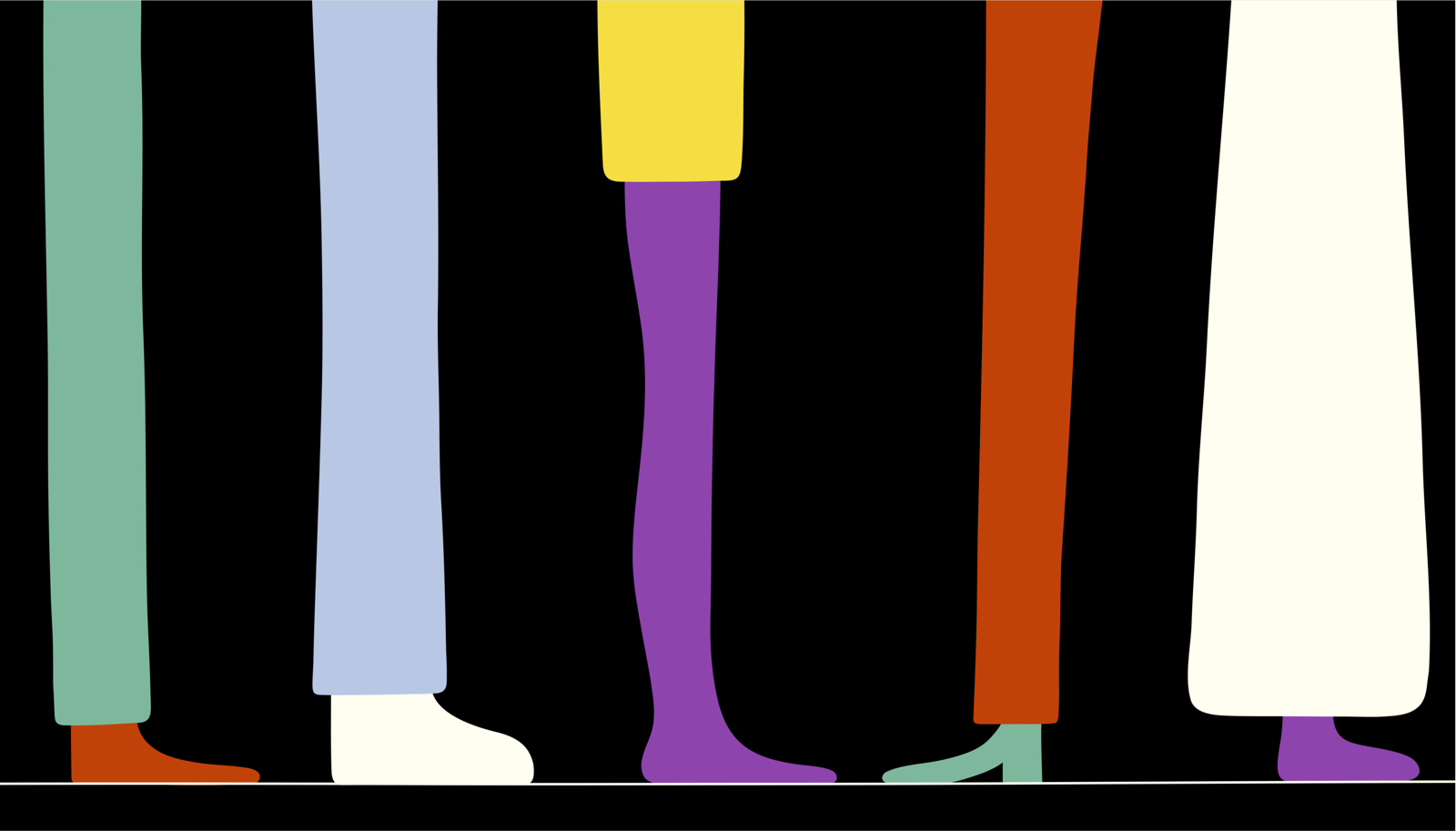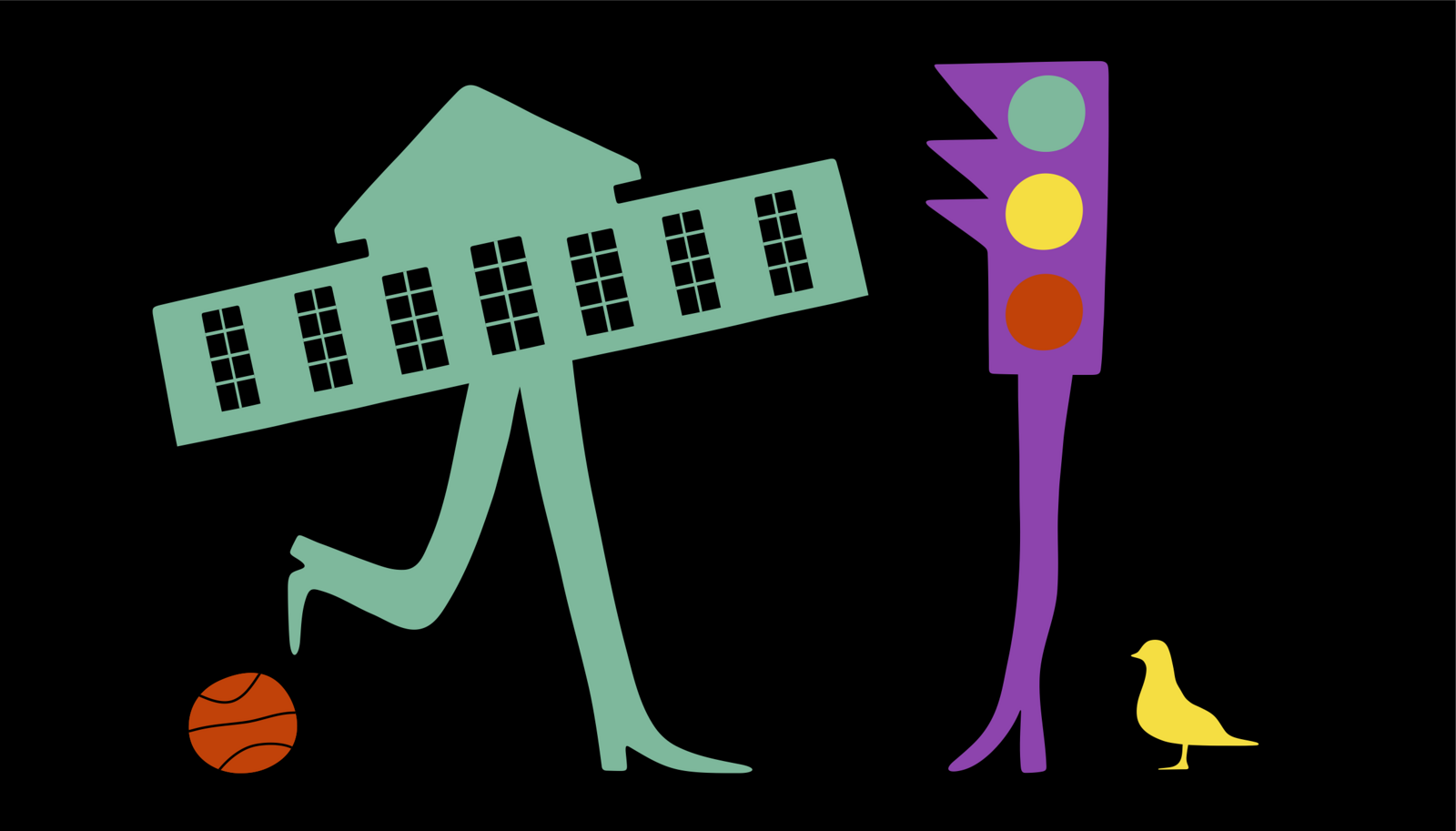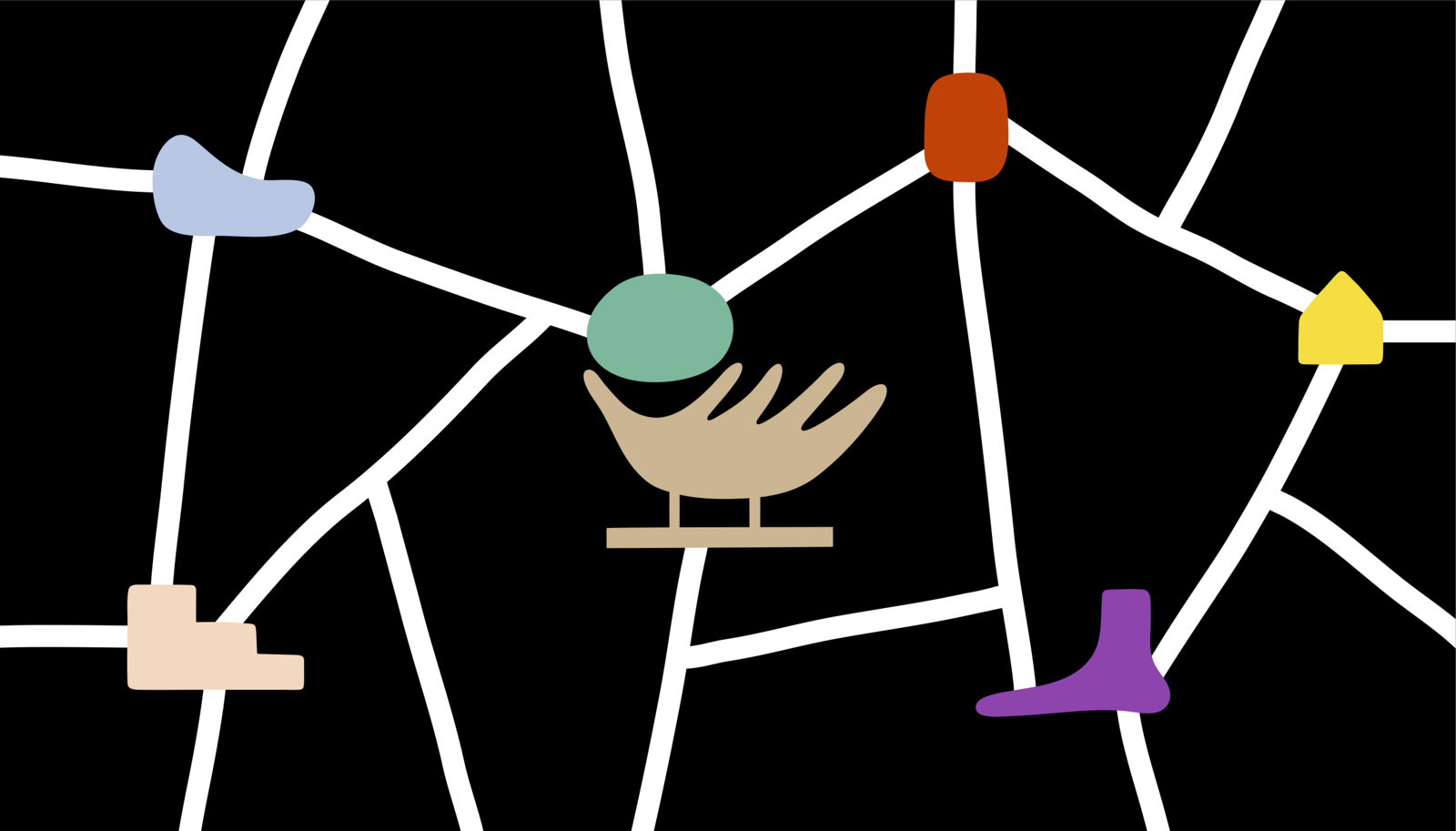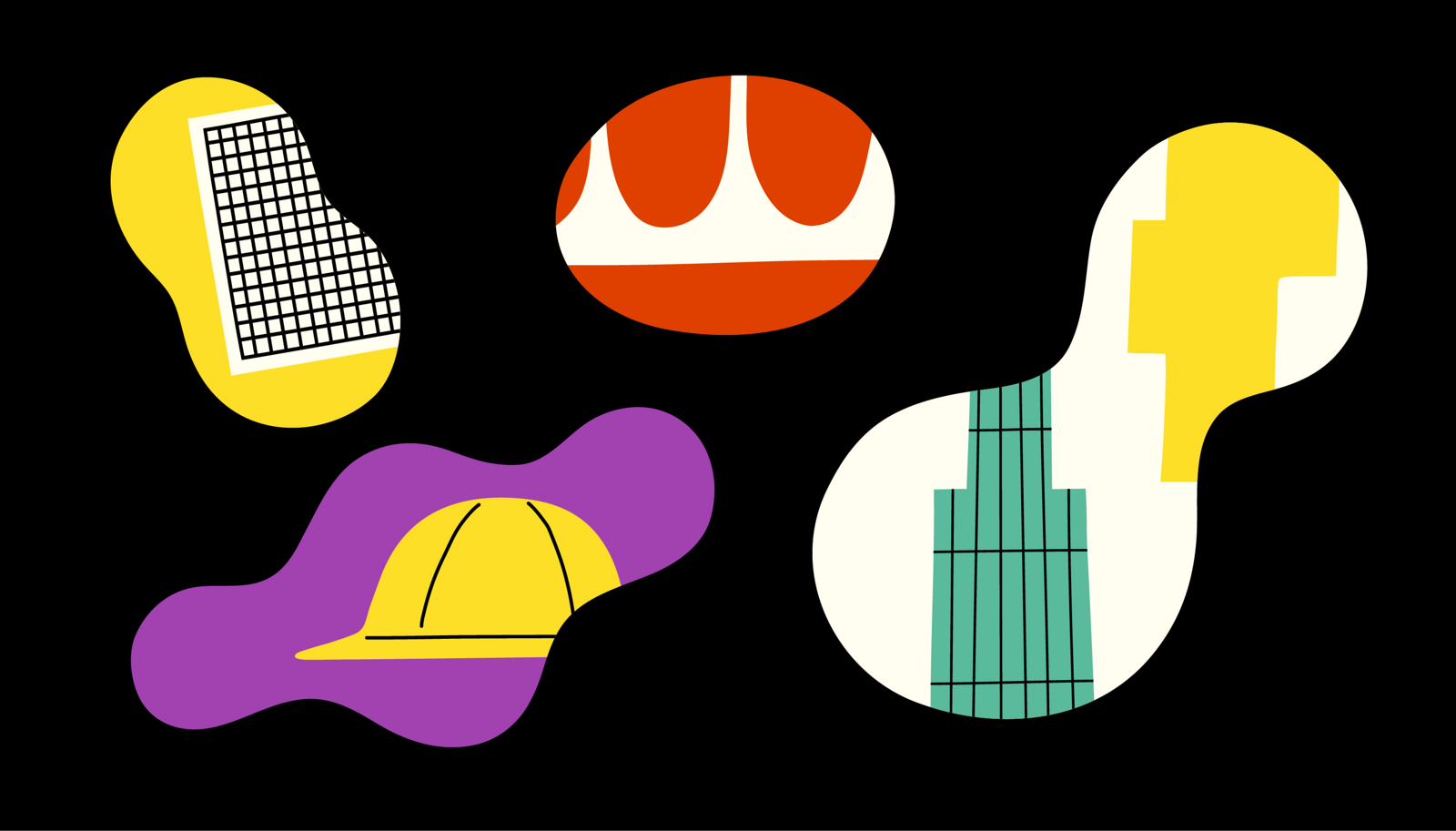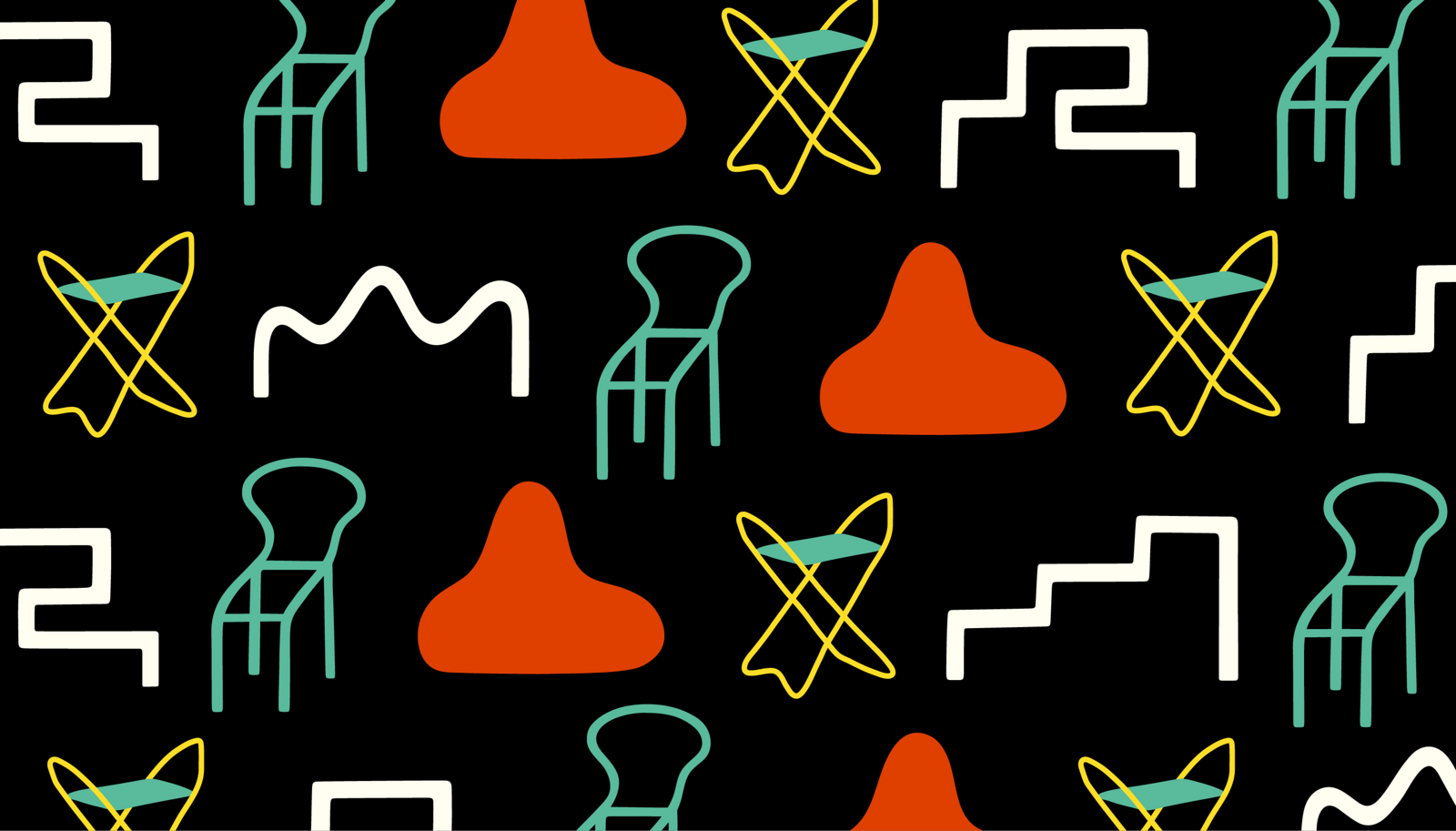This contribution is intended to be listened to.
This contribution is intended to be listened to.
The exhibition is open only at specific hours, from dusk to midnight. During these periods, you can enter the gallery to experience subtle traces of movement and light. An unexpected exhibition, it receives newspaper reviews. A handful of weeks later, a new gallery only blocks away takes this set of opening hours as a readymade. They post special times that hew to the original gallery’s schedule. But, due to the Earth’s orbit, these no longer line up precisely with nightfall. Rather, they appear rather arbitrary. This self-reflexive deviation from gallery norms introduces a bumpy parameter into the exhibition’s brief life.
*
In the 1920s in Vienna, Otto Neurath experimented with when a gallery could be visited. His Museum of Society and Economy propped open its doors into the evening to draw working people in. Sometimes, today, doors stay open even longer; alcohol is served and music plays to attract youthful crowds. Occasionally, it seems, there are no doors to the gallery; the exhibition is always open, day and night, to the elements and any others who require refuge. A related rule of thumb for contemporary biennials and aspiring cultural hubs alike: make sure the museum is open at least once for an entire night, to allow for somnambulistic experiences.
*
During the 1960s and 1970s, gallery shows in New York only stayed open for a week or two at most. Brian O’Doherty, elder statesman of gallery critique and articulator of the white cube, offers: “The art world was so much smaller back then. In a couple of weeks, everyone who needed to see a particular show would have seen it. Why keep it open any longer?”
*
The second show of the fledgling gallery transforms itself every week for six weeks: a different artist or designer is introduced into the space; their work rearranges and displaces everything else already on view. The result: constant installation under the tongue-in-cheek rubric of “growth.” At one of the many openings, the gallerist chats with another, more seasoned, colleague. “Yeah, early on, I once also did a show that changed every week. Exhausting. Never again.” It seems this is a common curatorial trope for those just getting started.
*
At the other end of the spectrum are those exhibitions that are planned to properly last forever. For example: the Internationale Bau Ausstellung in Berlin in 1957, which constructed an entire city quarter as a model exhibition for modern living. Buildings themselves become a demonstration, an exhibition of real time and space. Here, the exhibition no longer freezes life; instead, the two are co-temporal.
*
In between such extremes sit more commonplace modes: the month-long gallery show; the two-month museum exhibition, the three-month biennial, the four-month university show. Each assumes a certain number of people who might possibly wish to see it, and distributes this quantity over an appropriate time period. Of course, there are always experiments: extending a show or a season to six months, or a year, to allow for more measured inquiry. Such formats announce themselves as out-of-the-ordinary, as plays on attention span and visitation, prolonging that which is otherwise assumed to be a flash in the pan.
*
What is it about the time of a contemporary exhibition, that it exists in between a fleeting and seemingly infinite duration? Why these consistent counts of weeks or months? To what lifespan does this period correspond? It’s neither the life of a butterfly nor that of an elephant.
*
An exhibition exists before, during, and after its listed dates. Before it opens to view, it is latent within the material that will compose it, it is built upon the extraction and exploitation that enabled it. After it’s complete, after everything is broken down, it lives on in the bodies of those who made it, in the financial value of that which composed it, in the waste products it generates, and the carbon it leaves in the air. These aspects of it are permanent: they do not disappear, they simply transform.
*
Much of the time, architecture conceives itself as a discipline concerned with perpetuity, or at least with long frames of reference. So, how did architecture end up allowing itself to be pinned to the walls of an exhibition, this economy of attention?
*
What would it mean to call a spade a spade and simply state: every exhibition is forever. Once it is mounted, it will never go away. It remains open, properly, until the end of time, or at least until the end of those creatures who might bother to see it.
*
How could an exhibition repair what came before it? What amends can be made for the colonial destruction that predicated this very form? Who cares enough to go beyond acknowledgment into reparation? Each institution carries traumas within its corpus; to work through them is a bodily movement.
*
Amidst a pandemic, exhibitions grind to a halt: some are never mounted, some never open to publics, others remain on view but nearly without viewers—frozen, zombie-like, in a silently waiting limbo. Biennials will be rescheduled or cancelled; art and design fairs will dwindle; air travel will slow down; on-screen rather than in-gallery will become the norm. The losses to economy and labor and life are huge. Yet, at the same time, the savings seem vast.
*
Some exhibitions calculate their true costs through other metrics. They look at multiple variables: the construction of walls, the shipping of work, the climate control for the space. What are the biggest culprits, which factors produce the most environmental cost? Then, in designing the next installment, they correct for those elements. Building fewer walls equals a great savings. Producing work onsite reduces emissions. In some cases, opening windows and eliminating air conditioning provides the greatest benefit. Other exhibitions make calculated decisions: no electricity used in the show, no air travel, no climate control at all. Sometimes it feels like bean counting—but counting is essential in times of collapse.
*
Imagine an endless exhibition: an exhibition that, once mounted, never disappears. A dream, a paradox, a hope, a cancer. A game of chess with time: each move made is fixed, irrevocable, frozen, locking in every future move. When would its players become weary, let the pieces stand in a draw, move on to other, better games?
*
A group gathers together to make an exhibition differently. Three artists, two game designers, two curators, and a fiction writer. Together, they draft a plan for an exhibition set in a future scenario: one that is hotter, one that is less technologically-driven, one that is more collective. The rules of the game have changed. The goal: to use an exhibition to bring its visitors into another frame of mind and body and spirit and world. Every exhibition implies time travel, but this one insists upon it.
*
How might exhibitions emerge in other durations? For example: an exhibition that lasts not for thirty or sixty or ninety days, but rather for 51,100 Earth rotations—the time of seven generations. Rather than only calculating impact today, in terms of visibility and attention and cultural value, this shift might account for other variables. How will those in the future assess this legacy? Which exhibition pushed things over an invisible edge? Was making the show really worth it?
*
Let’s think about duration differently. An exhibition is no ephemeral appearance; the times that we take as temporary are also for others. By dispelling the assumption that the show must go on, we might begin to reckon with what time there is still left to give.
Solicited: Proposals is a project initiated by ArkDes and e-flux Architecture.
